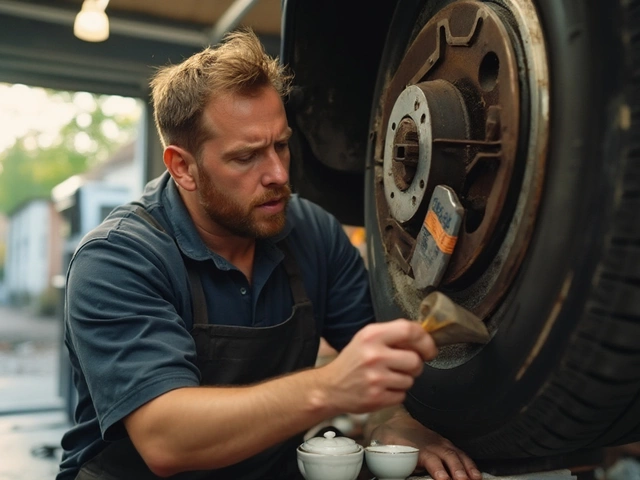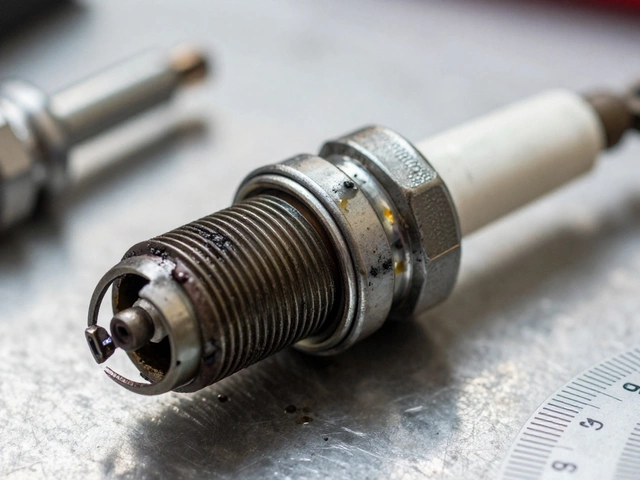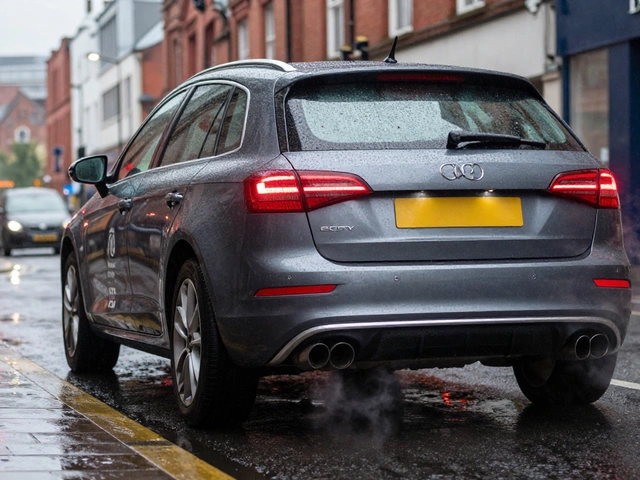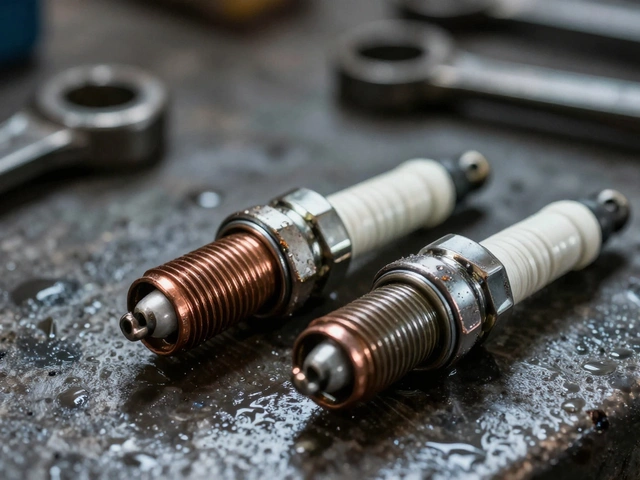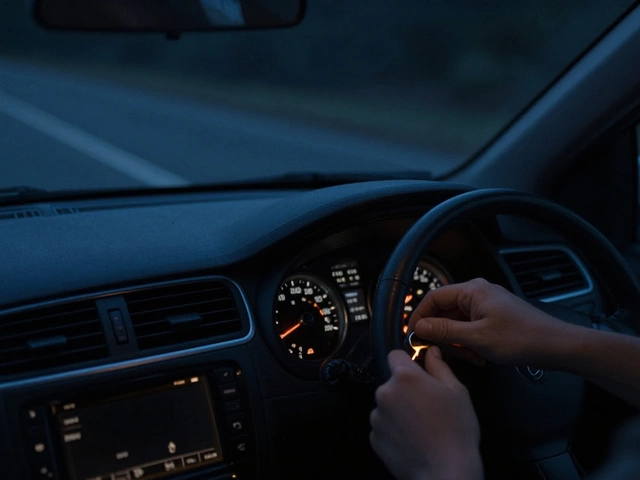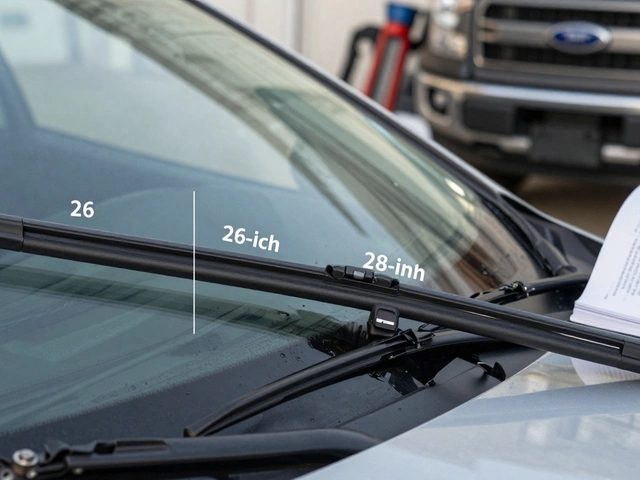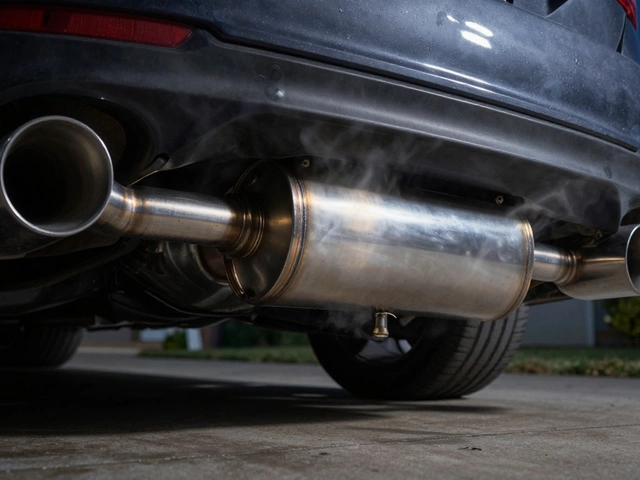Clutch Slipping Diagnostic Tool
This tool helps you determine if your vehicle is experiencing clutch slipping symptoms based on your descriptions of the problem. Answer the questions below to get a diagnostic assessment.
Symptom Checklist
Check all symptoms you're experiencing:
Diagnostic Results
Your Clutch Condition
Potential Causes
Recommended Actions
When a car’s clutch starts to slip, the whole driving experience changes in ways you can’t ignore. You might notice the engine revving faster than the car moves, a fuzzy feeling in the pedal, or a sudden loss of power when you need it most. This guide breaks down exactly how a slipping clutch feels, why it happens, and what steps you can take before you end up in the workshop.
Key Takeaways
- A slipping clutch makes the engine rev higher while the car lags behind.
- Typical signs include a spongy pedal, a burning smell, and difficulty shifting.
- Common causes are worn clutch disc, weak pressure plate, or a contaminated flywheel.
- Early diagnosis can save you from costly transmission repairs.
- Replacing the clutch kit is the most reliable fix, but temporary fixes exist for short‑term needs.
Clutch is a mechanical assembly that connects and disconnects the engine’s power to the transmission. It consists of a clutch disc, pressure plate, flywheel, and release bearing. When you press the clutch pedal, the release bearing pushes against the pressure plate, allowing the disc to spin freely and disengage the engine from the gearbox.
What a Slipping Clutch Actually Feels Like
Imagine you’re trying to accelerate away from a traffic light. You press the gas, the tachometer climbs, but the car inches forward or stays stuck in the same gear. That mismatch between engine speed (RPM) and road speed is the hallmark of a slipping clutch. Here are the most common sensations:
- Engine revs rise without corresponding acceleration: The needle jumps from, say, 2,000RPM to 4,500RPM while the car barely moves.
- Pedal feels soft or spongy: The clutch pedal may go to the floor with little resistance, then rebound oddly when you release it.
- Burning or oily smell: Overheating friction material releases a distinctive acrid odor, sometimes mixed with oil if the release bearing leaks.
- Gear‑shifting difficulty: You might struggle to get into first gear or notice grinding when you try to shift.
- Loss of power under load: When climbing a hill or overtaking, the engine surges but the car stalls or lurches.
Why the Clutch Starts to Slip
Understanding the root cause helps you judge whether the problem is fixable with a simple adjustment or demands a full clutch kit replacement. The most frequent culprits are:
| Component | Typical Failure Mode | Resulting Symptom |
|---|---|---|
| Clutch Disc | Worn friction material | High RPM, low acceleration |
| Pressure Plate | Weak springs or warped plate | Spongy pedal, intermittent slip |
| Flywheel | Oil contamination, glazing | Burning smell, early wear |
| Release Bearing | Excessive wear or lack of lubrication | Noise when pedal is depressed |
| Clutch Cable / Hydraulic System | Air in lines, stretched cable | Incomplete disengagement |
Each component works together; if one fails, the whole system can feel “slippery”. For example, an oil‑soaked flywheel reduces friction, making the disc glide instead of grip.
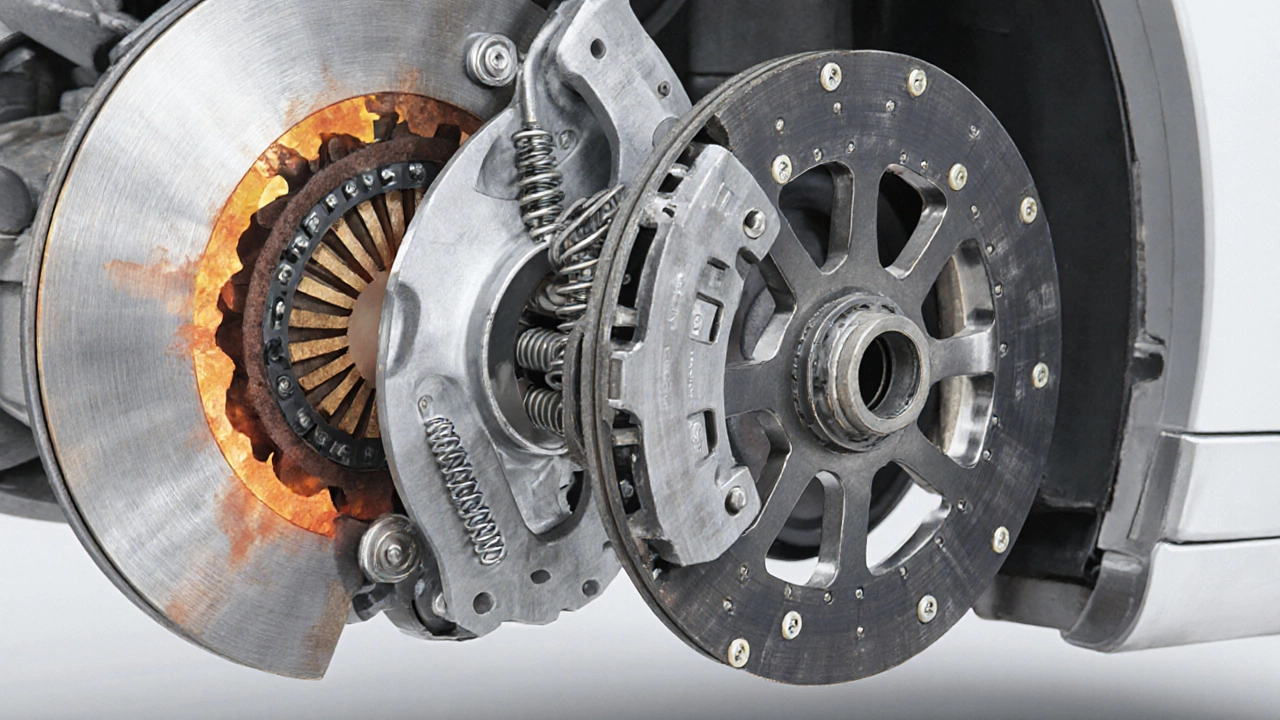
Diagnosing the Problem Yourself
You don’t need a full garage to confirm a slipping clutch, but you do need a safe place to test. Follow these steps:
- Find a flat, open stretch of road with light traffic.
- Shift into first gear, press the clutch, and rev the engine to about 2,500RPM.
- Release the clutch slowly. If the revs drop sharply and the car jumps forward, the clutch is likely okay.
- Repeat the test, but this time keep the throttle steady while you release the clutch. If the RPMs climb without a corresponding speed increase, you have a slip.
- Listen for any grinding or whining noises and sniff for burnt odor while the engine is under load.
Document the RPM readings and the feel of the pedal. This information helps a mechanic pinpoint the exact failing part.
When to Replace the Clutch Kit
A clutch kit bundles the disc, pressure plate, release bearing, and sometimes a new flywheel. Replacing the whole kit is advisable when:
- More than 50% of the disc surface is worn (visible through a clear view slot).
- The pressure plate springs no longer provide consistent clamping force.
- Multiple components show wear - e.g., a worn disc paired with a scored flywheel.
- You hear persistent squealing after a few miles of driving.
Most DIY mechanics can handle a clutch swap with a basic set of tools: a jack, jack stands, socket set, torque wrench, and a clutch alignment tool. Remember to torque the pressure plate bolts to the manufacturer’s specifications - typically around 30Nm for passenger cars.
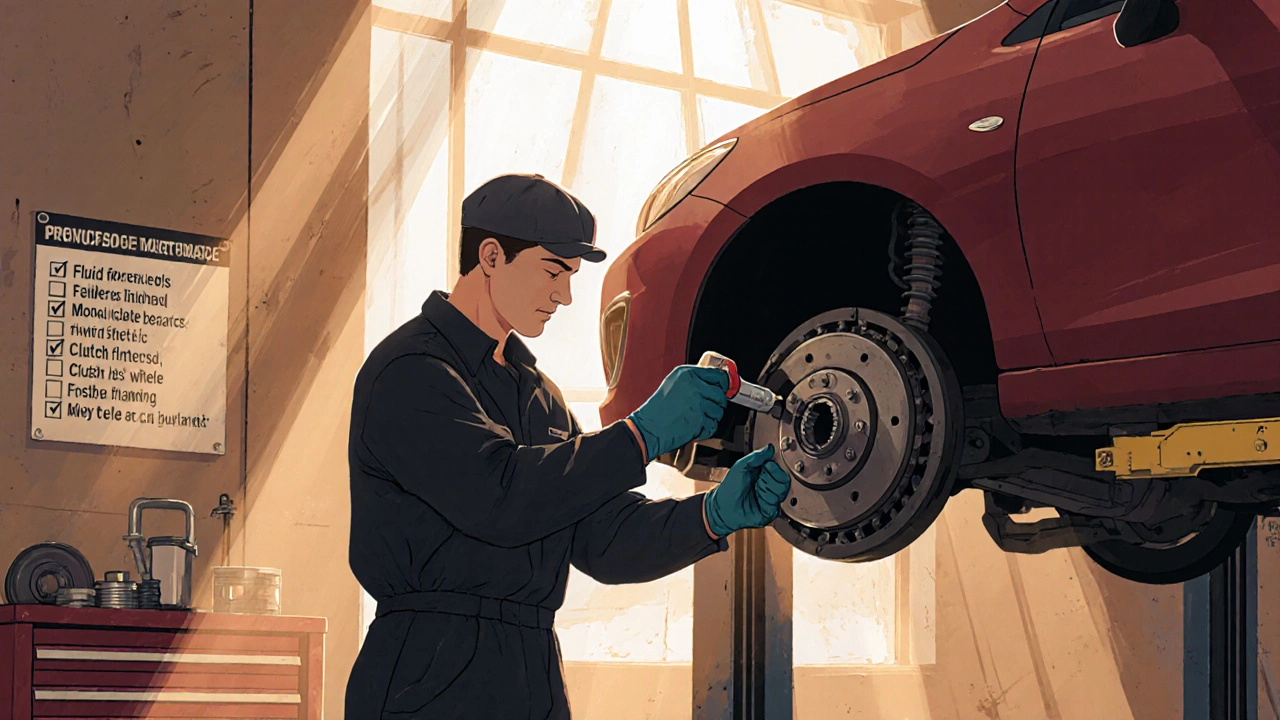
Temporary Fixes and What to Avoid
If you’re stuck on the road and can’t get to a garage immediately, these stop‑gap measures can keep you moving:
- Lighten the load: Remove excess weight and avoid steep hills.
- Reduce throttle: Gentle acceleration reduces heat buildup on the clutch.
- Use higher gears: Stay in third or fourth gear where torque demand is lower.
Never try to “burn off” a slipping clutch by driving it hard. Overheating will warp the flywheel and damage the release bearing, turning a simple repair into a full transmission rebuild.
Preventive Maintenance Tips
Keeping the clutch in good shape is cheaper than fixing it later. Consider these habits:
- Engage the clutch smoothly - avoid “riding” the pedal for long periods.
- Flush the hydraulic fluid (if applicable) every 30,000miles to prevent air bubbles.
- Inspect the clutch disc wear slot during regular service - replace before it reaches the wear limit.
- Use the recommended oil type; heavy, high‑viscosity oils can seep onto the flywheel.
Following these tips can extend the life of a standard clutch kit well beyond 80,000miles.
Frequently Asked Questions
How do I know if the clutch slip is severe?
If the engine revs double or triple the normal rate while the car barely moves, and the symptom persists across multiple gears, the slip is severe and needs a clutch kit replacement.
Can a slipping clutch cause transmission damage?
Yes. Constant slipping generates excess heat that can warp the flywheel and damage the release bearing. Over time, this heat can also seep into the gearbox, leading to premature wear of gears and synchros.
Is a slipping clutch the same as a burnt clutch?
A burnt clutch is a specific failure mode where the friction material is overheated and glazed, losing grip. Slipping can be caused by a burnt disc, but it can also stem from worn springs or a contaminated flywheel. So, a burnt clutch is one reason a clutch might slip.
How much does a new clutch kit cost in the UK?
A standard clutch kit for a midsize hatchback typically ranges from £150 to £250 for parts alone. Labour adds another £150‑£300, so total replacement usually falls between £300 and £550 depending on model and garage rates.
Should I replace the flywheel when I change the clutch?
If the flywheel shows hot spots, cracks, or oil contamination, replace it. On many modern cars the flywheel doubles as a friction surface, so a fresh, clean flywheel ensures optimal clutch performance.


